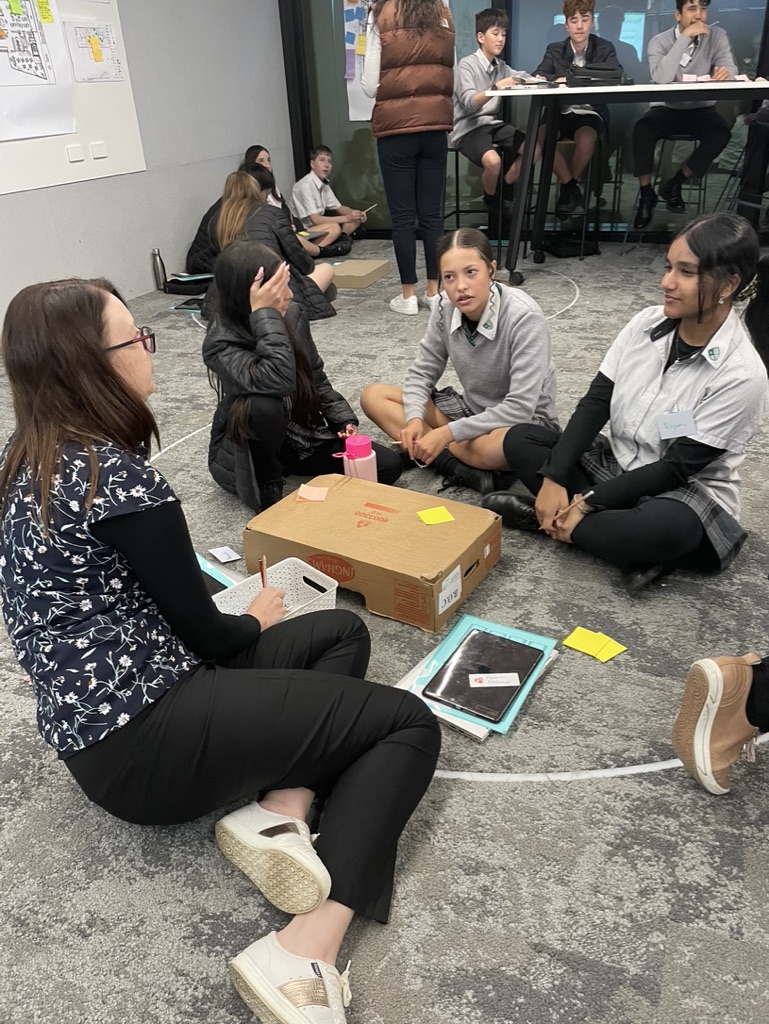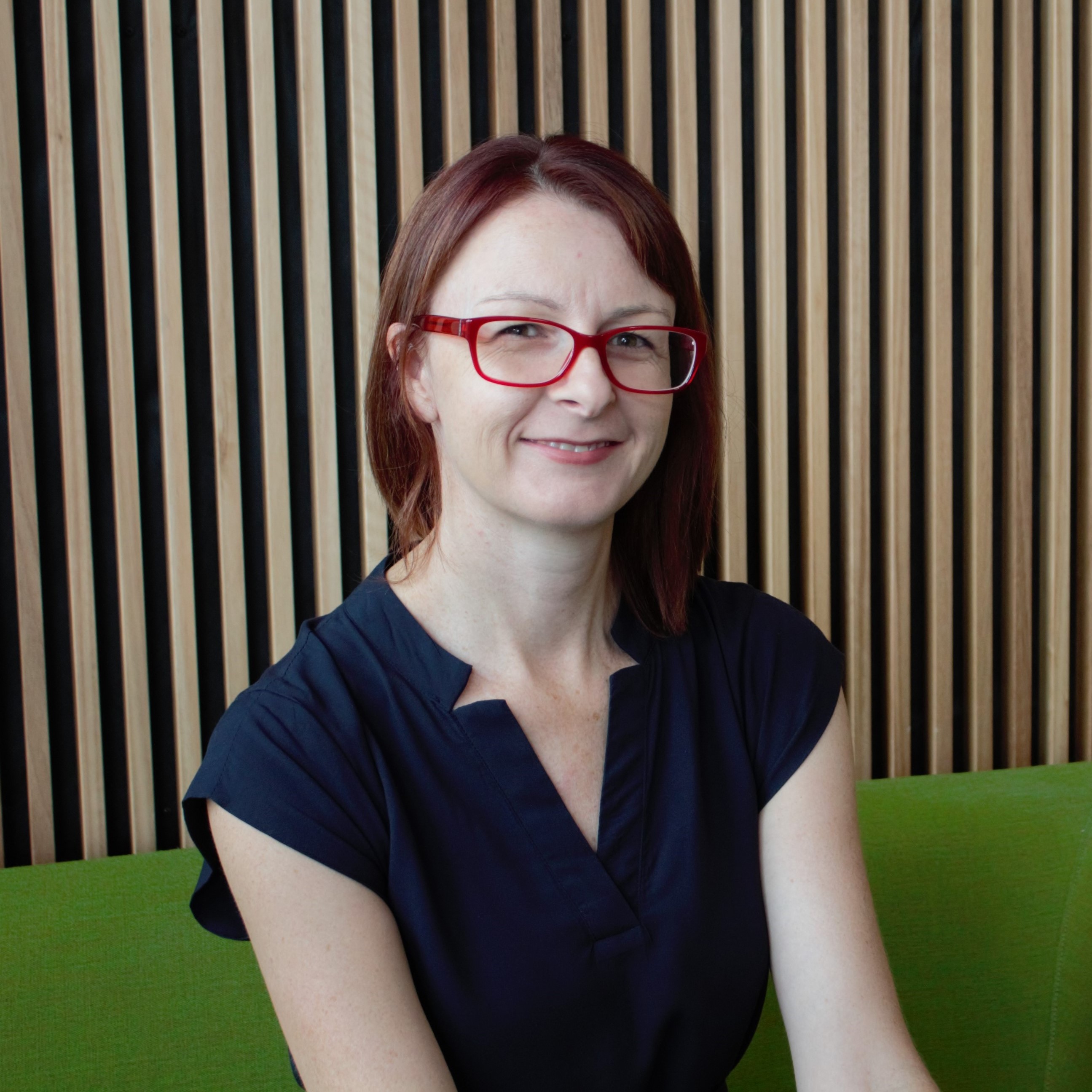Professor Jill Willis
Chief Investigator and Professor in Education

The interdisciplinary research team from the Centre for Inclusive Education was inspired:
New educational ideas. Innovative design.
The opportunity to collaborate with leaders in design, education and from students was not to be missed. We started out with a simple research question:
How can urban vertical learning spaces support students' capability and wellbeing?
We gathered data from over 700 students in 3 vertical schools in Australia. The stories and ideas from students in vertical schools shine a light on spaces for thriving for all schools.
Thriving is the kind of wellbeing where young people have agency to choose to live a life they value to be people that matter, and to create a world that matters, and in doing so, to be a 'well' being.
Young people are growing up in a complex and changing world. They are more digitally on-show, more hyperconnected to world events, and more anxious than any other previous generation. Wellbeing is both an immediate and long term priority for young people, their peers, families and communities. Learning to think about and co-create purposeful lives in this complex world is also an individual and community priority. Schools are the place where learning and wellbeing come together to support thriving individuals and communities.
New vertical schools are an opportunity to design the spaces and kind of learning that will provide opportunities to thrive now and in the future.
As they are a new physical form, established design principles need to be reconsidered. Being different allows for new ideas, both spatial and social.
What we have learned from the young people in vertical schools about what helps them thrive is relevant to all schools, to...

Everything looks close but it takes a lot of time and effort to get places.
read the stairs storyThere is flexibility and choice of spaces but few places for privacy or to escape crowds.
read the toilets storyThere is a pleasure in the community coming together in these spaces, yet also an urge to find ways to get away from everyone and to get energy out
read the focus story
What happens when the things that support student wellbeing - being seen, togetherness, belonging - also present challenges to their wellbeing, namely surveillance, sustained proximity, and needing some time for themselves?
Students develop an awareness of one another and make choices to maximise their focus and belonging. Managing paradox and challenge in a supportive environment is essential for growth, development and thriving.
Students were invited to create different kinds of stories to explain why and how school is meaningful, manageable and comprehensible.

Chief Investigator and Professor in Education

Chief Investigator and Professor in Architecture

Chief Investigator and Professor in Education

Chief Investigator and Associate Professor in Interaction Design

Chief Investigator and Senior Lecturer in Digital Pedagogies, QUT Relationships Manager Fortitude Valley State Secondary College.

Chief Investigator and Lecturer in Information Science.

International Partner Investigator, Director of the Community Engaged Research Institute at Simon Fraser University

Chief Investigator, multiple Walkley award-winning producer/director in the categories of Innovation and Digital storytelling

PhD Researcher

PhD Researcher

Designer & website developer

Cinematographer & documentary creator
This research was funded by the Australian Research Council's Linkage Project funding scheme (LP200301274) and through partner contributions. The views expressed are those of the authors and are not necessarily those of the Australian Government or Australian Research Council.

This research was conducted in compliance with the Australian National Statement on Ethical Conduct in Human Research. There were no potential conflicts of interest. As the research involved human participants, ethical approval was granted by the Queensland University of Technology Human Research Ethics Committee (Approval number: 5510), and multijurisdictional National research approval from the State Departments of Education.